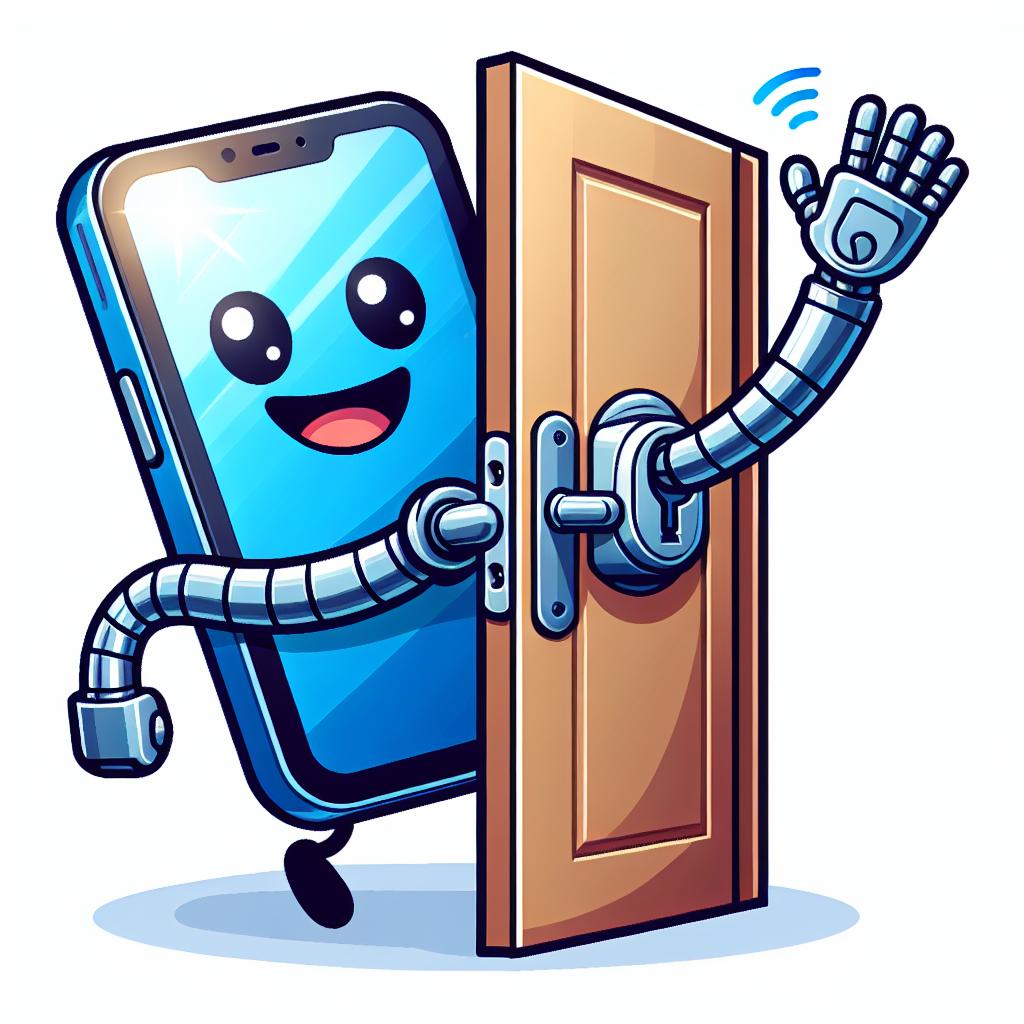This page may contain affiliate links. Please read my disclosure for more info.
Looking to enhance your home’s security and convenience? Automating your door locks is a smart move. This guide will walk you through everything from choosing the right type of lock for your needs, to installation, integration with smart home systems, and maintenance. Let’s make locking up simpler and smarter.
Understanding Different Types of Automated Door Locks
When it comes to making your front door smarter, there’s no one-size-fits-all. The market is flooded with options, each with its own set of features. Here’s a breakdown:
- Smart Locks: These are the tech-savvy cousin of traditional locks, offering features like remote access, usage history, and the ability to unlock your door with your smartphone. They primarily use Bluetooth or Wi-Fi to connect to your phone or smart home system.
- Electronic Deadbolts: Think of these as smart locks without the need for a smartphone. They often come with a keypad where you enter a code to unlock your door. Some models also include a traditional keyhole as a backup.
- Keypad Locks: Similar to electronic deadbolts but usually less sophisticated. They’re all about entering a code to get in. No smartphone? No problem.
Each type has its strengths. Smart locks are great for tech enthusiasts who love integrating their home. Electronic deadbolts strike a balance between modern convenience and traditional security. Keypad locks are straightforward and user-friendly, perfect for those less inclined to tech.
Assessing Your Home’s Needs
Choosing the right automated lock isn’t just about picking the coolest gadget. Consider these factors:
- Door Type: Not all locks work with all doors. Check your door’s compatibility before buying.
- Existing Home Automation: Got a smart home system already? Make sure the lock can integrate seamlessly.
- Security Requirements: Assess your security needs. Are you looking for basic access control, or do you need advanced features like remote locking and access logs?
Compatibility with other smart devices is crucial. A lock that works with your existing setup can enhance your smart home experience, allowing for routines like locking the door automatically when you turn off the lights at night.
Installation Basics
Installing an automated door lock can range from straightforward to needing a bit of elbow grease. Here’s the gist:
- DIY Installation: Many smart locks are designed for easy installation, requiring nothing more than a screwdriver and some patience. The manual is your best friend here.
- Professional Installation: If DIY isn’t your thing or if your lock requires a more complex setup, professional installation might be the way to go. It’s usually quick and ensures everything is set up correctly.
Consider your comfort level with tools and following installation guides when choosing between DIY and professional installation.
Integrating Automated Door Locks with Smart Home Systems
The real magic happens when your automated door lock works in harmony with your smart home system. Integration can allow you to:
- Unlock your door as you approach it, thanks to geofencing.
- Use voice commands to lock or unlock your door.
- Set schedules for guests, like a dog walker or cleaner, granting them access only at specific times.
Most smart locks integrate easily with popular smart home platforms. The key is to ensure compatibility before you buy.
Maintaining Your Automated Door Locks
Like any piece of technology, automated door locks need some TLC to keep them running smoothly. Here are a few maintenance tips:
- Battery Replacement: Smart locks run on batteries. Keep an eye on the battery level and have replacements ready.
- Software Updates: Regular updates can improve security and add new features. Make sure your lock is up to date.
- Troubleshooting: Familiarize yourself with common issues and how to fix them. A quick reset can often solve a glitch.
Regular maintenance ensures your lock remains secure and functional, giving you peace of mind and keeping your home safe.
By understanding the types of automated door locks, assessing your home’s needs, navigating installation, integrating with smart home systems, and maintaining your locks, you’re well on your way to a smarter, more secure home.

Zachary has spent 12 hears in the tech industry focusing on automation, analytics, and cybersecurity. His passion is tech education; he uses his industry expertise and STEM PhD to break down complicated concepts into simple step-by-step guides. When he’s not writing or coding, you can find him binging anything Star Trek or Marvel or reading far too many sci-fi novels.

